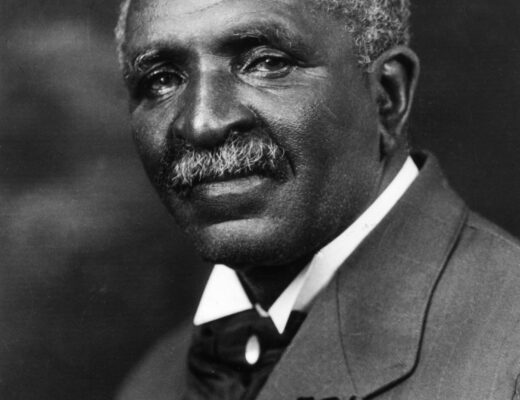Slavery wasn’t just a southern thing. The North profited a great deal from the slave trade. One of the most lasting and profitable impacts of the slave trade in New York can be found on one of America’s most famous streets.
The very name ‘Wall Street’ is born of slavery, with enslaved Africans building a wall in 1653 to protect Dutch settlers from Indian raids. This walkway and wooden fence, made up of pointed logs and running river to river, later was known as Wall Street, the home of world finance. Enslaved and free Africans were largely responsible for the construction of the early city, first by clearing land, then by building a fort, mills, bridges, stone houses, the first city hall, the docks, the city prison, Dutch and English churches, the city hospital and Fraunces Tavern. At the corner of Wall Street and Broadway, they helped erect Trinity Church.
In 1711 the city’s Common Council established a Meal Market at Wall and Water streets for hiring slave labor and auctioning enslaved Africans who disembarked in Manhattan after their arduous trans-Atlantic journey. The merchants used these laborers to operate the port and in such trades as ship carpentry and printing, according to the National Park Service. Africans, according to the Park Service, also engaged in heavy transport, construction work, domestic labor, farming and milling. Their efforts were part of the euphemistically titled Triangular Trade: Africans living on what was then called the Gold Coast — with Africans being considered black gold — were bought using New England rum; the Africans were sold in the West Indies to work the fields to create sugar and molasses; and the sugarcane products were taken to New York and New England to be made into rum.
Pier 17 on the East River was a disembarkation point, as were all other slips and docks along lower Manhattan where the Hudson and East rivers rippled by. Today the pier is known as the South Street Seaport, a popular destination for gift-buying tourists who just happen to be visiting where enslaved Africans first touched land in chains.
Read more about it here:
https://www.npr.org/templates/story/story.php?storyId=5042377



No Comments